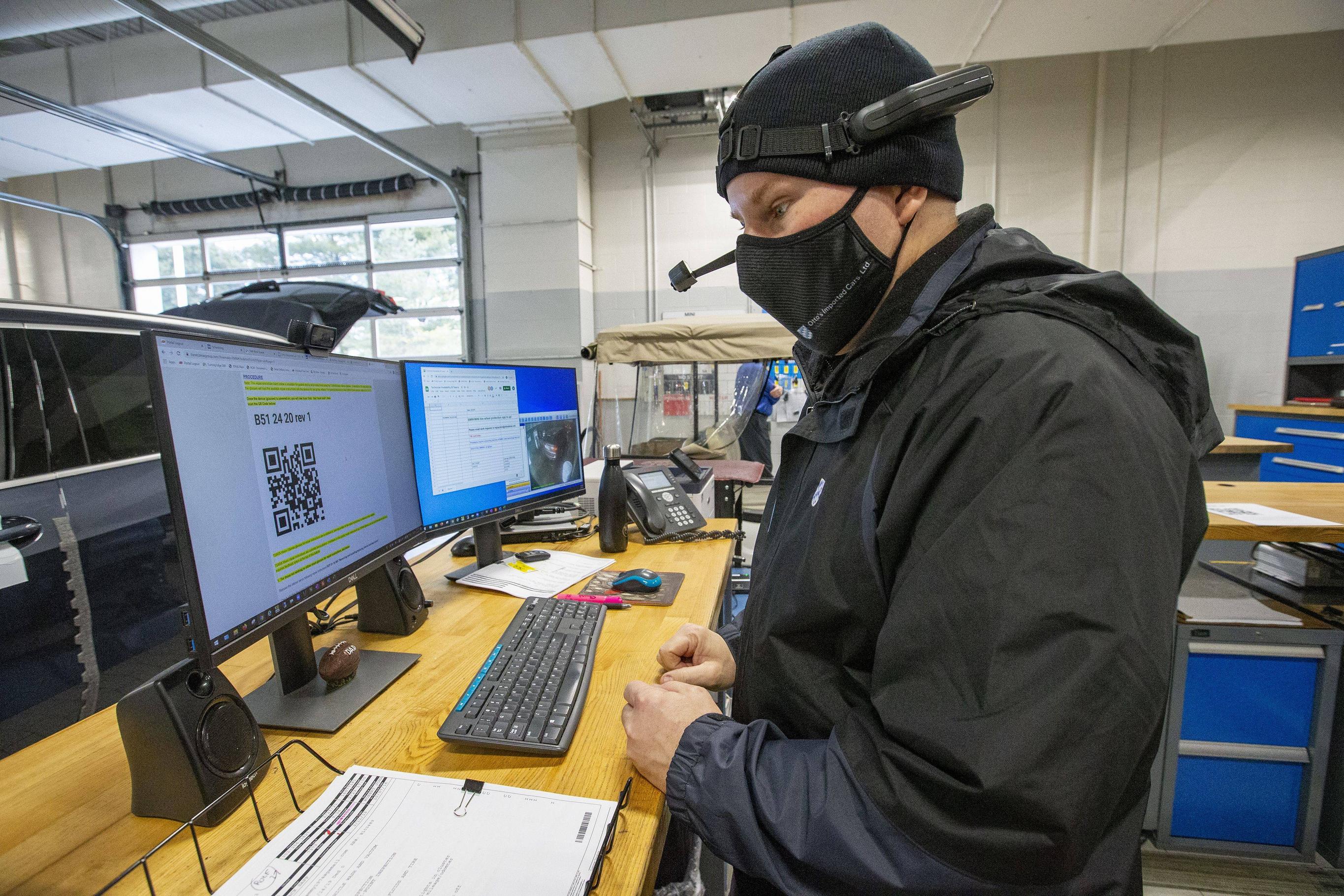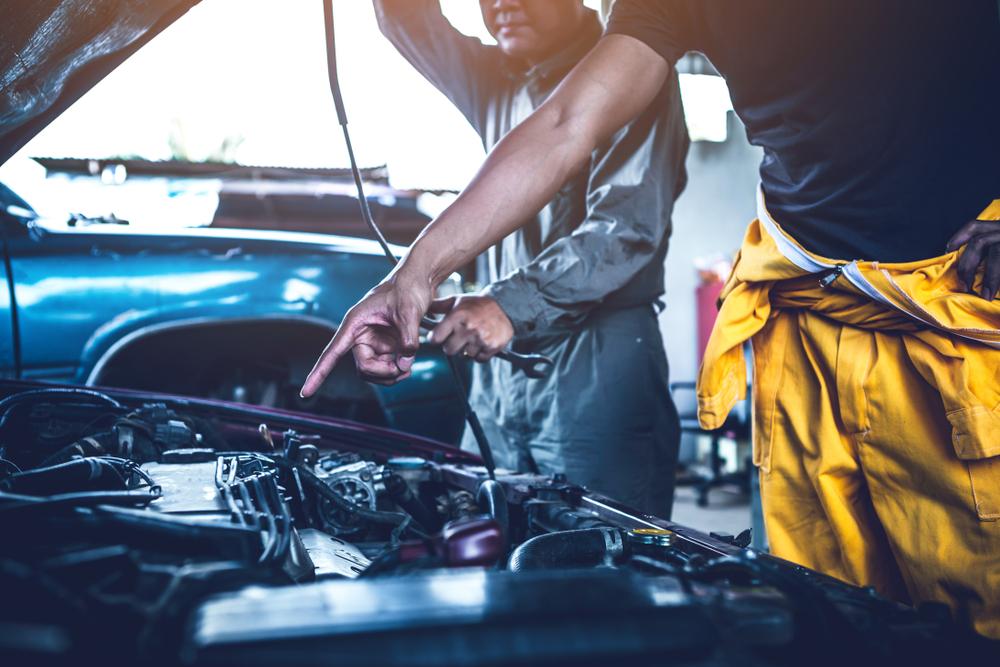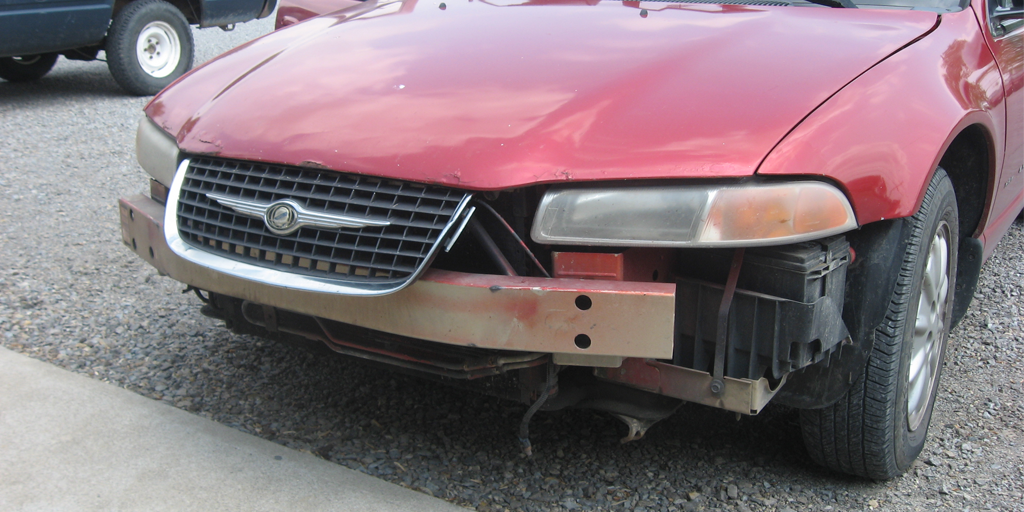
An understanding of basic automotive terms is essential if your goal is to understand all the components of your vehicle. These are the Coil springs (Shock absorber), Drive axle, and Carbureted motor. Let's take an in-depth look at these terms so you can understand what they mean. This article also includes some terms you might have heard about automotive terms. Continue reading to learn more about the various parts of your vehicle. There are many automotive terms you may not be familiar with.
Coil springs
A coil spring consists of a piece or metal tightly wound around a suspension system. Its performance is dependent on many parameters. Changes in any of these parameters could affect the vehicle's handling and dynamic performance. The higher the spring's coil count, the better it performs. This spring is one the most critical components of a suspension system. It plays an important role in how smooth the ride is.
Shock absorber
Car shock absorbers reduce the impact of rough surfaces on the vehicle's handling and dampen their vibrations. Different materials are used, so they can deform in different ways. These devices also vary in how resistant they are to changes in temperature and pollution. Although shock absorbers may sound complex, once you learn how they work, it is actually very simple. There are many types of shock absorbers that can be used to deal with different road conditions and types of vehicles.

Drive axle
The drive shaft, or otherwise known as the drive axle, is the primary component of a car's drive train. Although many drivers believe they can repair the drive shaft themselves, a qualified mechanic will be able to diagnose the problem and offer a safe and effective solution. Before you take your car to the shop for repairs, make sure to check the warranty. Any unusual noises or fluid leaks from the drive shaft should be noted. Keep an eye on your vehicle's weight limit. Overloading your car can cause damage to the drive axle.
Carbureted engine
A carbureted engine, in automotive terms, is a gasoline-powered engine that uses wicks to draw air into the chamber. The combustion process begins when fuel vapors enter the chamber. Modern carburetors utilize the Bernoulli rule, in which air flows through a small ventilation to deliver fuel in proportion with the volume of the cylinder.
Dash top sensor
Automotive technology commonly uses the term "dashtop sensing". These sensors monitor the level of brake fluid in the car. A car's brake fluid has a certain pressure range within which it functions optimally, and this sensor monitors the pressure and transmits that information to the dashboard in the form of an electrical voltage. The sensor will switch off the switch when the brake fluid level drops. This is done by a warning lamp on the dashboard.
Slip coupling
In the automotive world, the term "limited-slip coupling" can have many different meanings. An automatic all-wheel-drive system uses limited slip coupling to engage the secondary axis as necessary. This mechanism communicates information to a vehicle's computer that controls its driving characteristics. It is also responsible for transferring coolant between the engine's radiator core and the cooling system. Its importance can best be illustrated by looking at the following examples: engine RPM, ignition timing, and the engine's running temperature.

M85 blend of 15% gasoline and 85% methanol
M85 is a fuel combination that includes 85% methanol (and 15% gasoline) and which is comparable to California's mid-grade gasoline. This blend is used in most modern vehicles. Flex-fuel vehicles have a sensor that detects the methanol content. This sensor tells vehicle's computers what fuel they are using so they can adjust their ignition and injectors accordingly.
FAQ
How do I fix my car for a hobby?
Why not make it a hobby if you're interested in cars? You can learn to fix them, buy them parts, and even sell them. If you are looking for something more, it would be an excellent hobby.
However, it's not easy to turn this into a full-time career. It requires hard work and dedication. You'll also need to invest a lot.
If you don't have any good reasons to be involved in cars, it may be better to just let it go.
What length of an automotive course is it?
A three-year course in automotive is required.
The first year focuses on theory and learning about cars. Practical training is the second year. You will learn to drive, fix engines and perform other tasks around the car. You will spend the final year working in a local garage to gain real-world experience.
What qualifications does a truck mechanic need?
While you may not have the formal qualifications to perform this job, your skills are well-rounded in working on engines and trucks. Your knowledge is valuable as you are able to quickly diagnose problems and work efficiently.
A solid understanding of diesel technology is also a plus. This will help you understand the components that are needed to fix our vehicles.
Statistics
- Apprentice mechanics earn significantly less hourly than mechanics who have completed training, with a median wage of approximately $14.50 an hour, according to PayScale. (jobhero.com)
- According to the BLS, the median annual salary for automotive service technicians and mechanics in the United States was $44,050 in May 2020. (uti.edu)
- The U.S. Bureau of Labor Statistics (BLS) reports that the job outlook for automotive service technicians and mechanics is expected to decline by 4% from 2019 to 2029. (indeed.com)
External Links
How To
How to correctly diagnose your vehicle for repairs
Before you can determine if your car requires repairs, it's important to first analyze the symptoms. Then, follow these steps to diagnose your vehicle properly.
-
Check engine lights. Make sure to check all dashboard indicators like the engine light indicator (oil pressure gauge), the battery indicator (battery light indicator), and the RPM indicator (rpm gauge). If any of these indicators have been flashing continuously for several days it could mean that there is something wrong with your vehicle.
-
Examine the treads of the tires. If the tires are worn out, they could cause problems with handling and braking. It is also important to inspect the wheel treads. They should be clean and smooth. The best way to do this is to remove the wheels and take them off. To check the condition of your treads, use a flashlight.
-
Pay attention to the level of your brake fluid. Keep track of the brake fluid level in your vehicle. This will ensure that your brakes run smoothly. Low brake fluid levels can cause brake failure when you apply pressure.
-
Make sure to test the suspension system. Most vehicles have a suspension system that absorbs shocks and vibrations. It provides better control and allows smoother acceleration and deceleration. It might feel uncontrollable or wobbly if your vehicle is suffering from a suspension problem. To test whether your vehicle has a suspension issue, try putting weight on the front or rear axle and observe the movement.
-
Examine the steering wheel. Steering columns connect the steering wheels to other parts of the vehicle. Accidents often damage steering columns. Replace it if your steering column feels loose or unsteady.
-
Observe the exhaust pipe. The exhaust pipes transport gases from the combustion chamber to outside. Exhaust pipes that are cracked or leaking can allow harmful fumes to enter your cabin. Additionally, your tailpipe should be fixed immediately if it is bent.
-
Look under your hood. If you see anything unusual, take a look under the hood. Leakage of fluids in your engine could indicate that it is leaking. A professional technician should be contacted if your engine compartment emits an unusual smell.
-
Check the air filter. The outside environment can collect dust and other debris in your vehicle's air filters. A dirty air filter causes your vehicle to run poorly. Replace your air filter regularly.
-
Verify the fan belt. Your vehicle's fanbel connects the engine and transmission. If it breaks, the engine won't turn over. Replacing the belt is simple. You only need a screwdriver or pliers to replace your belt.
-
Check the radiator hose and hoses. The radiatorhose carries water from your radiator to the engine. It can cause hot liquid to leak onto the engine if it is damaged or cracked. To repair the hose, you will only need to use a pair needle-nosepliers and a wire brush.
-
The windshield wipers should be checked. Windshield wipers use electricity for snow and rain removal. If they stop working they could leave streaks behind on your window glass. The solution is to change the washer fluid.
-
Check the battery cables. Batteries provide power to electrical systems inside your car. Always disconnect the negative wire before you replace batteries. Failure to do so can damage your alternator.
-
Make sure your headlights are working properly. The headlights provide illumination for the road ahead. It can lead to poor visibility if they aren't working properly. Inspect the bulbs for signs of burnt out.
-
Be sure to check the lights. You can warn other drivers if you approach them at night. It could cause distraction and even lead to an accident if it doesn't work.
-
Inspect your brakes. Before you collide with another vehicle, brakes will slow down the car. You could lose control of the car and cause a crash if they don't work properly.
-
Check the oil regularly. Oil keeps your engine lubricated. It prevents metal parts from rusting too quickly. It is recommended that you change your oil at least once per month.